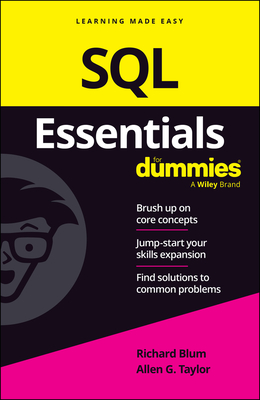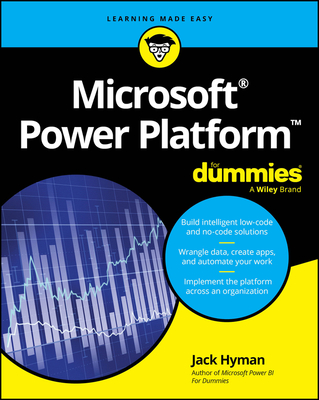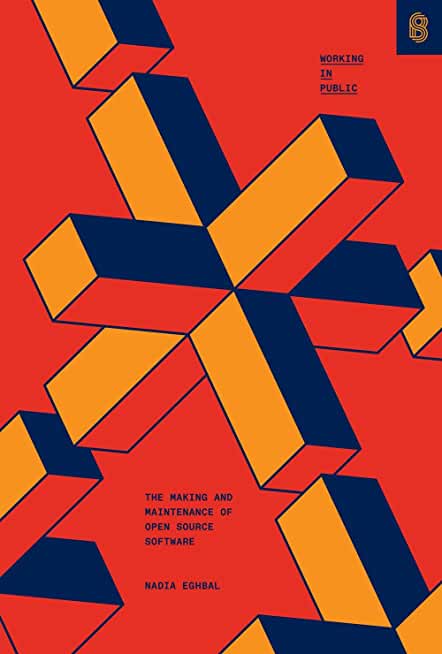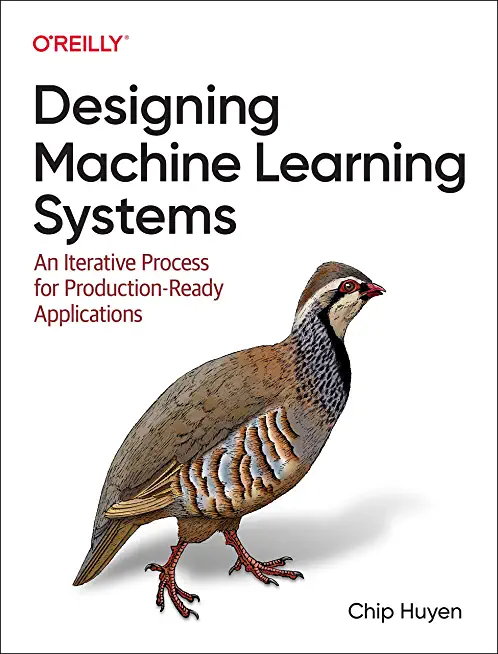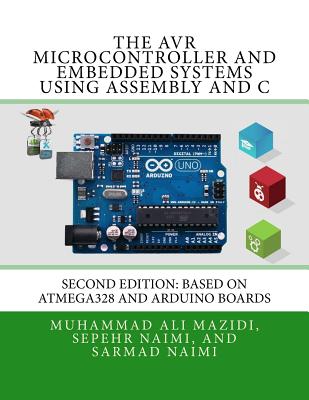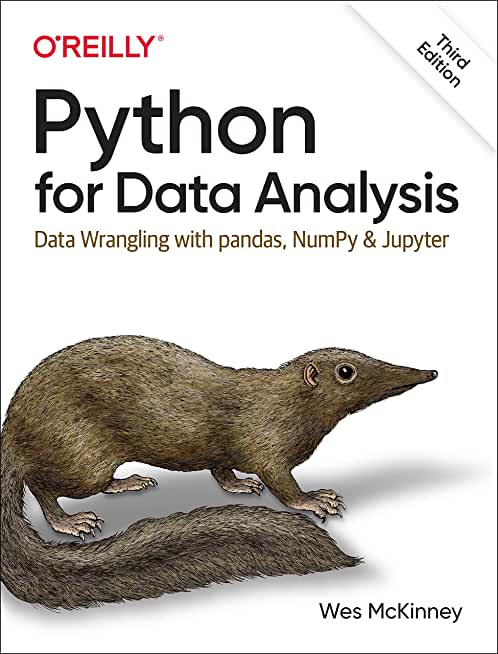Microsoft SQL Server Training Classes
Learn Microsoft SQL Server wherever you are located. All of our classes either are offered on an onsite, online or public instructor led basis.
Microsoft SQL Server Training Catalog
cost: $ 2090length: 5 day(s)
This five-day instructor-led course teaches students how to use the
enhancements and new features that have been added to SQL Server and the
Microsoft data platform since the release of SQL Server 2008. The course
focuses on teaching individuals how to use SQL Server 2014 product
features and other Microsoft data platform components. ...
cost: $ 2090length: 5 day(s)
This course describes how to implement a data warehouse platform to
support a BI solution. Students will learn how to create a data
warehouse with Microsoft SQL Server 2014, implement ETL with SQL Server
Integration Services, and validate and cleanse data with SQL Server Data
Quality Services and SQL Server Master Data Services. ...
cost: $ 2090length: 5 day(s)
This 5-day instructor-led course introduces SQL Server 2014 and
describes logical table design, indexing and query plans. It also
focuses on the creation of database objects including views, stored
procedures, along with parameters, and functions. Other common aspects
of procedure coding, such as indexes, concurrency, error handling, and
triggers are also covered in this course. Also this course ...
cost: $ 2090length: 5 day(s)
The focus of this five-day instructor-led course is on creating managed
enterprise BI solutions. It describes how to implement multidimensional
and tabular data models, deliver reports with Microsoft SQL Server
Reporting Services, create dashboards with Microsoft SharePoint Server
PerformancePoint Services, and discover business insights by using data
mining. Note: This course is designed for ...
cost: $ 1290length: 3 day(s)
This three-day instructor led Microsoft SQL Server 2016 Training Course
is about writing TSQL queries for the purpose of database reporting,
analysis, and business intelligence. Specifically, this Microsoft SQL
Server 2016 Training Course presents TSQL within the context of data
analysis? in other words, making meaning from the data
rather than transaction-oriented data-tier application ...
cost: $ 490length: 1 day(s)
This one-day course familiarizes the participant with Power BI Online,
which allows you to intuitively discover and automate the import,
transformation, and combination of data across a variety of data
sources. ...
cost: $ 1190length: 2-3 day(s)
This two or three day instructor-led course is designed for database
administrators and Windows engineers to familiarize them with the
concepts in SQL AlwaysOn and High Availability. The course utilizes SQL
2016, but explains the differences from SQL 2012- SQL 2014. For skills
to be transferred this is a lab intense course. It is designed for the
student to understand the the reason for the lab ...
cost: $ 1190length: 3 day(s)
This instructor-led course provides students with the necessary
knowledge to develop reports using Microsoft SQL Server 2016 Report
Builder. The course covers the Report Builder wizards, basics of report
design, intermediate reports with report parameters, a detailed section
exploring report expressions and how to properly configure them,
filters, report visualizations including graphs, charts, ...
cost: $ 1190length: 3 day(s)
This course will discuss the various methods and best practices that are in line with business and technical requirements for modeling, visualizing, and analyzing data with Power BI. The course will also show how to access and process data from a range of data sources including both relational and non-relational data. This course will also explore how to implement proper security standards ...
cost: $ 490length: 1 day(s)
Today it may not be possible to request a report for a changing business
from traditional IT but instead it is much more practical to teach every
business user how easy it is to create and modify their own or the
reports from their teams... Microsoft anticipated this trend with their
purchase of the popular technology known as DataZen. DataZen was popular
because it allowed regular business users ...
cost: $ 1090length: 3 day(s)
The Microsoft SQL Server 2016 Training Course will likely be attended by
SQL Server report creators who are interested in alternative methods of
presenting data... After completing this Microsoft SQL Server 2016
Training Course, students will be able to: - Explore and extend a
classic Excel dashboard. - Explore and extend an Excel data model. -
Pre-format and import a .CSV file. - Import data ...
Course Directory [training on all levels]
Technical Training Courses
Software engineer/architect, System Admin ... Welcome!
- .NET Classes
- Agile/Scrum Classes
- AI Classes
- Ajax Classes
- Android and iPhone Programming Classes
- Blaze Advisor Classes
- C Programming Classes
- C# Programming Classes
- C++ Programming Classes
- Cisco Classes
- Cloud Classes
- CompTIA Classes
- Crystal Reports Classes
- Design Patterns Classes
- DevOps Classes
- Foundations of Web Design & Web Authoring Classes
- Git, Jira, Wicket, Gradle, Tableau Classes
- IBM Classes
- Java Programming Classes
- JBoss Administration Classes
- JUnit, TDD, CPTC, Web Penetration Classes
- Linux Unix Classes
- Machine Learning Classes
- Microsoft Classes
- Microsoft Development Classes
- Microsoft SQL Server Classes
- Microsoft Team Foundation Server Classes
- Microsoft Windows Server Classes
- Oracle, MySQL, Cassandra, Hadoop Database Classes
- Perl Programming Classes
- Python Programming Classes
- Ruby Programming Classes
- Security Classes
- SharePoint Classes
- SOA Classes
- Tcl, Awk, Bash, Shell Classes
- UML Classes
- VMWare Classes
- Web Development Classes
- Web Services Classes
- Weblogic Administration Classes
- XML Classes
Business Training Courses
Project Managers, Business Analysts, Paralegals ... Welcome!
Upcoming Classes
Gain insight and ideas from students with different perspectives and experiences.
- RED HAT ENTERPRISE LINUX SYSTEMS ADMIN I
3 November, 2025 - 7 November, 2025 - Object-Oriented Programming in C# Rev. 6.1
15 September, 2025 - 19 September, 2025 - RED HAT ENTERPRISE LINUX SYSTEMS ADMIN II
18 August, 2025 - 21 August, 2025 - Enterprise Linux System Administration
28 July, 2025 - 1 August, 2025 - Object Oriented Analysis and Design Using UML
20 October, 2025 - 24 October, 2025 - See our complete public course listing
training details locations, tags and why hsg
the hartmann software group advantage
A successful career as a software developer or other IT professional requires a solid
understanding of software development processes, design patterns, enterprise application architectures,
web services, security, networking and much more. The progression from novice to expert can be a
daunting endeavor; this is especially true when traversing the learning curve without expert guidance. A
common experience is that too much time and money is wasted on a career plan or application due to misinformation.
The Hartmann Software Group understands these issues and addresses them and others during any training engagement. Although no IT educational institution can guarantee career or application development success, HSG can get you closer to your goals at a far faster rate than self paced learning and, arguably, than the competition. Here are the reasons why we are so successful at teaching:
- Learn from the experts.
- We have provided software development and other IT related training to many major corporations since 2002.
- Our educators have years of consulting and training experience; moreover, we require each trainer to have cross-discipline expertise i.e. be Java and .NET experts so that you get a broad understanding of how industry wide experts work and think.
- Discover tips and tricks about Microsoft SQL Server programming
- Get your questions answered by easy to follow, organized Microsoft SQL Server experts
- Get up to speed with vital Microsoft SQL Server programming tools
- Save on travel expenses by learning right from your desk or home office. Enroll in an online instructor led class. Nearly all of our classes are offered in this way.
- Prepare to hit the ground running for a new job or a new position
- See the big picture and have the instructor fill in the gaps
- We teach with sophisticated learning tools and provide excellent supporting course material
- Books and course material are provided in advance
- Get a book of your choice from the HSG Store as a gift from us when you register for a class
- Gain a lot of practical skills in a short amount of time
- We teach what we know…software
- We care…
page tags
what brought you to visit us
Microsoft SQL Server Training ,
Microsoft SQL Server Training Classes,
Microsoft SQL Server Training Courses,
Microsoft SQL Server Training Course,
Microsoft SQL Server Training Seminar
training locations
cities where we offer Microsoft SQL Server Training Classes


